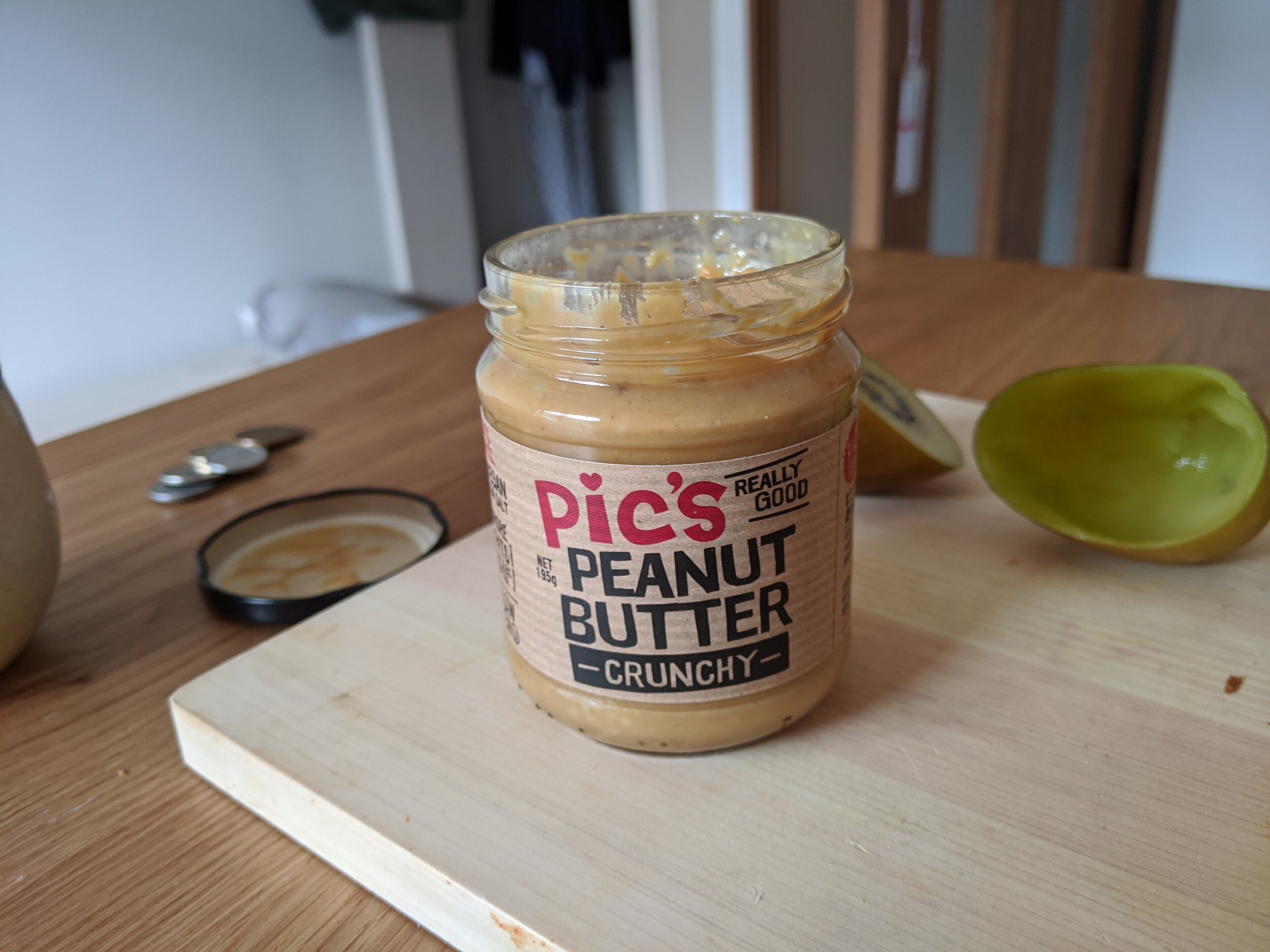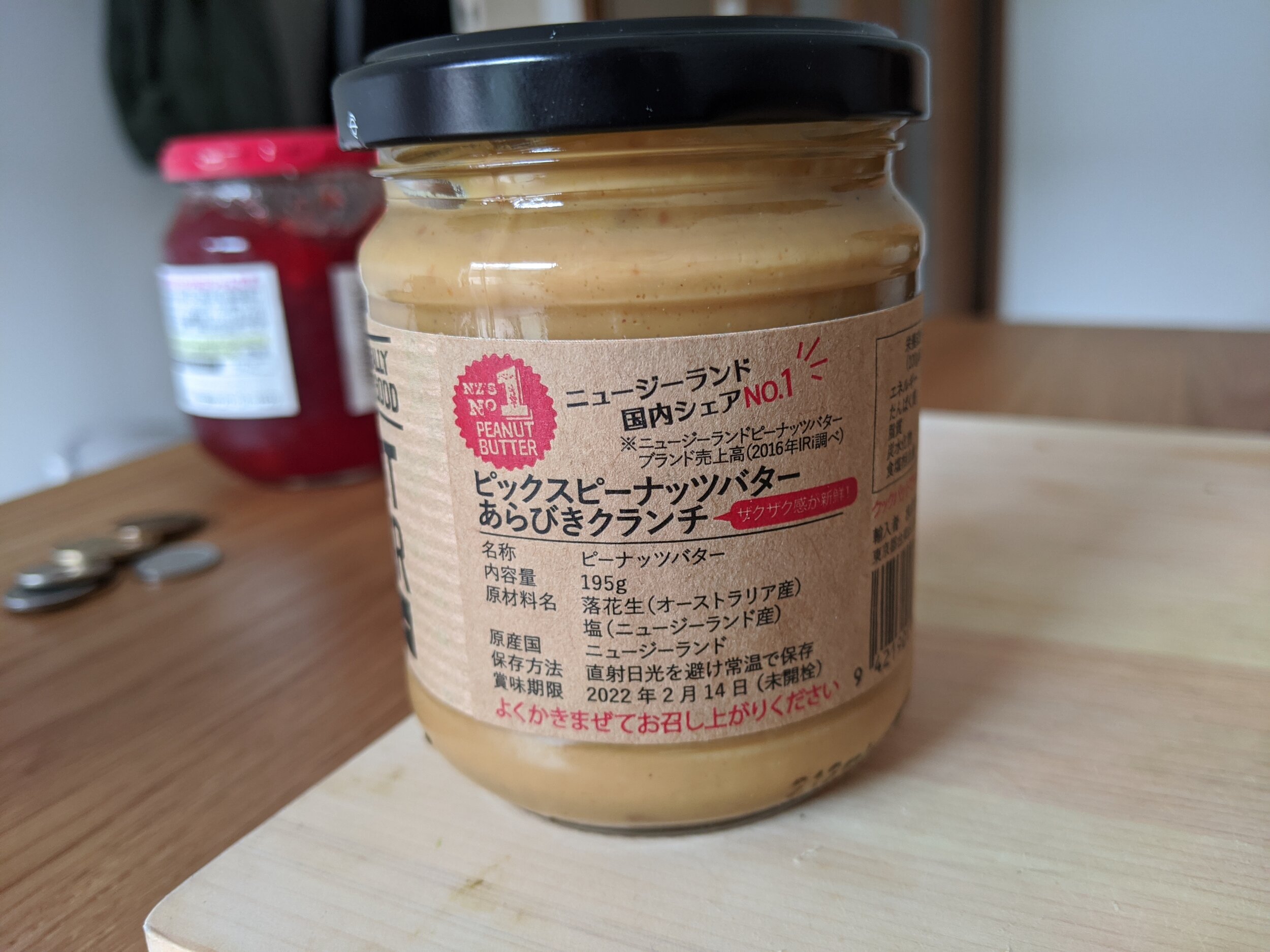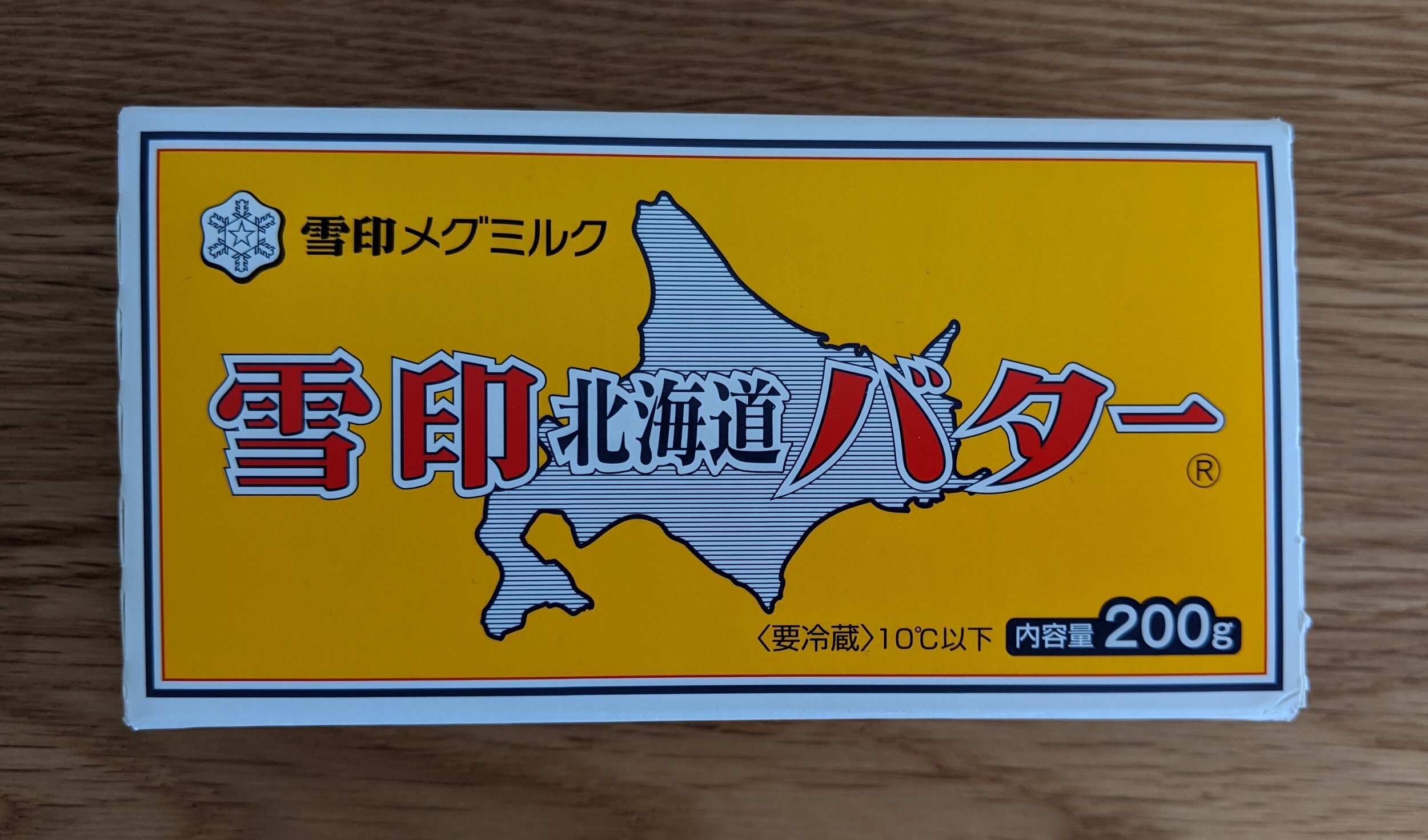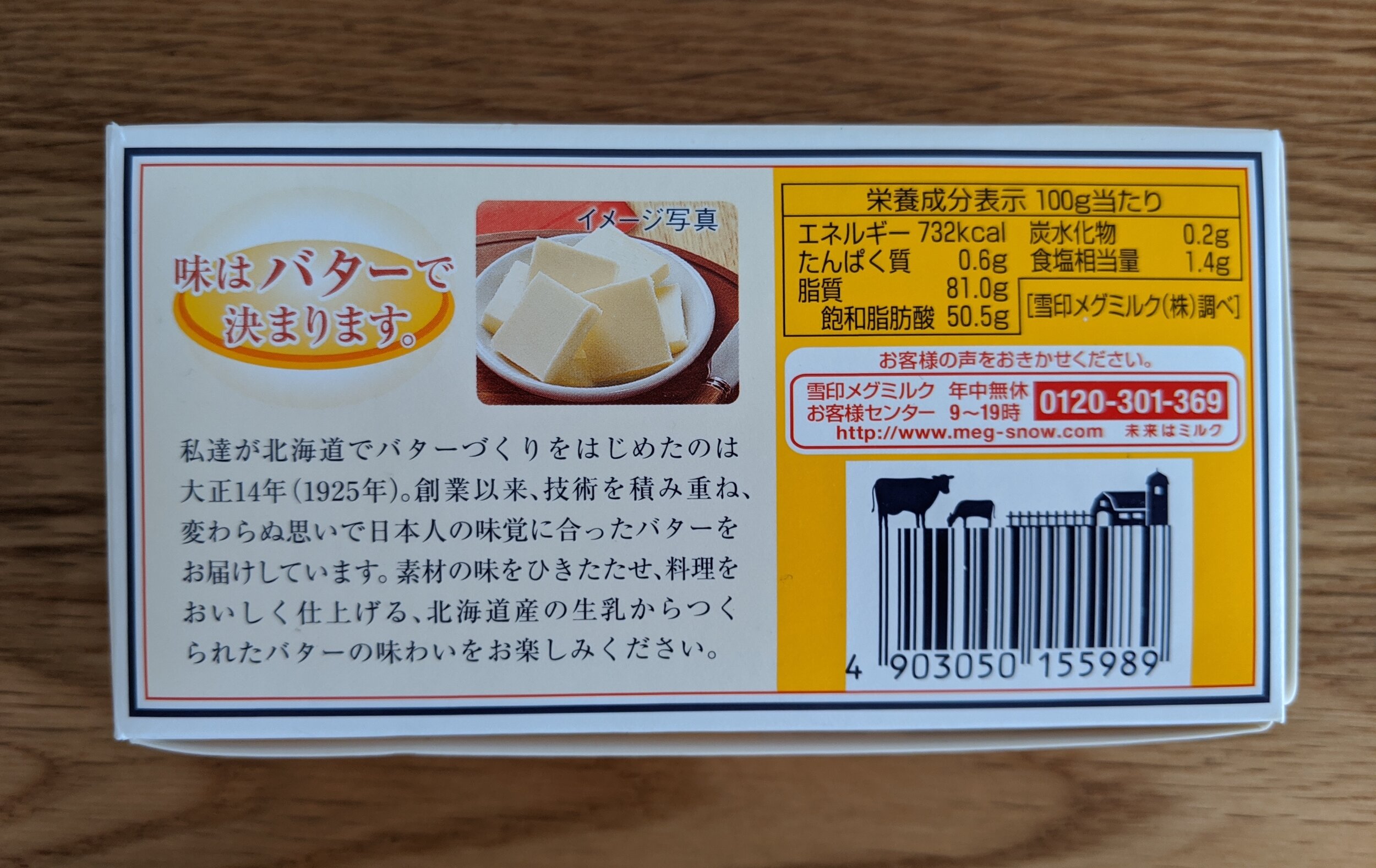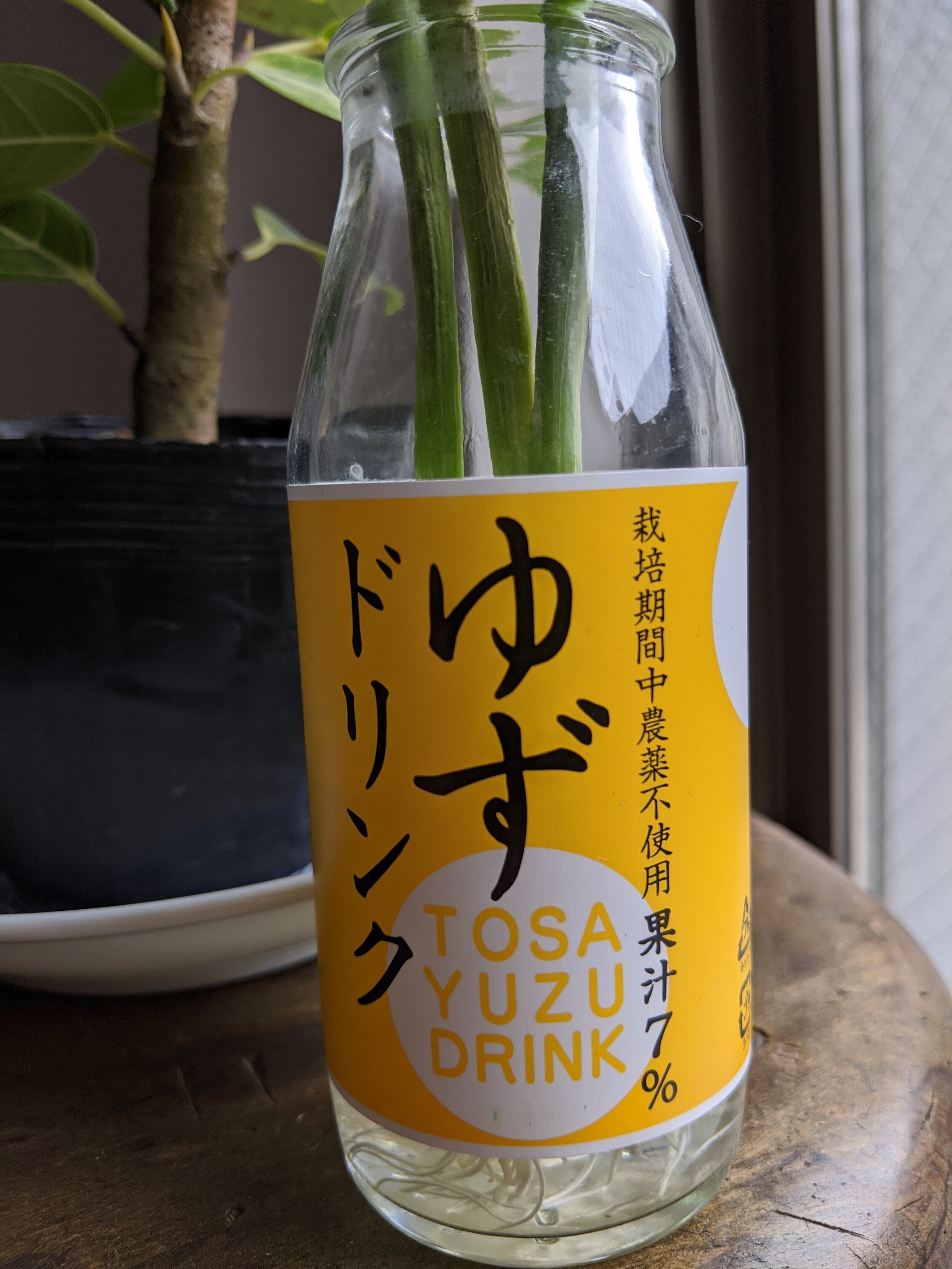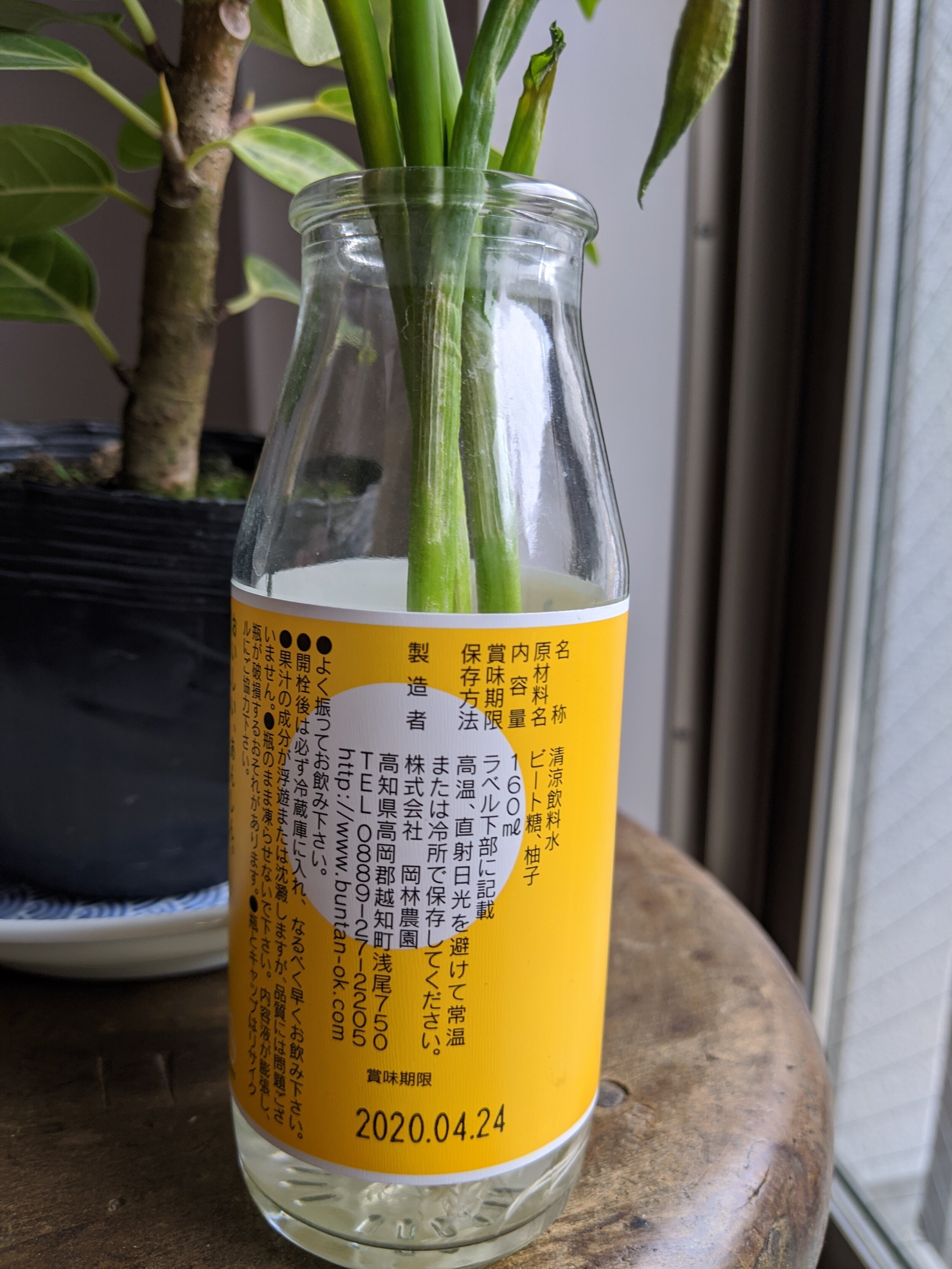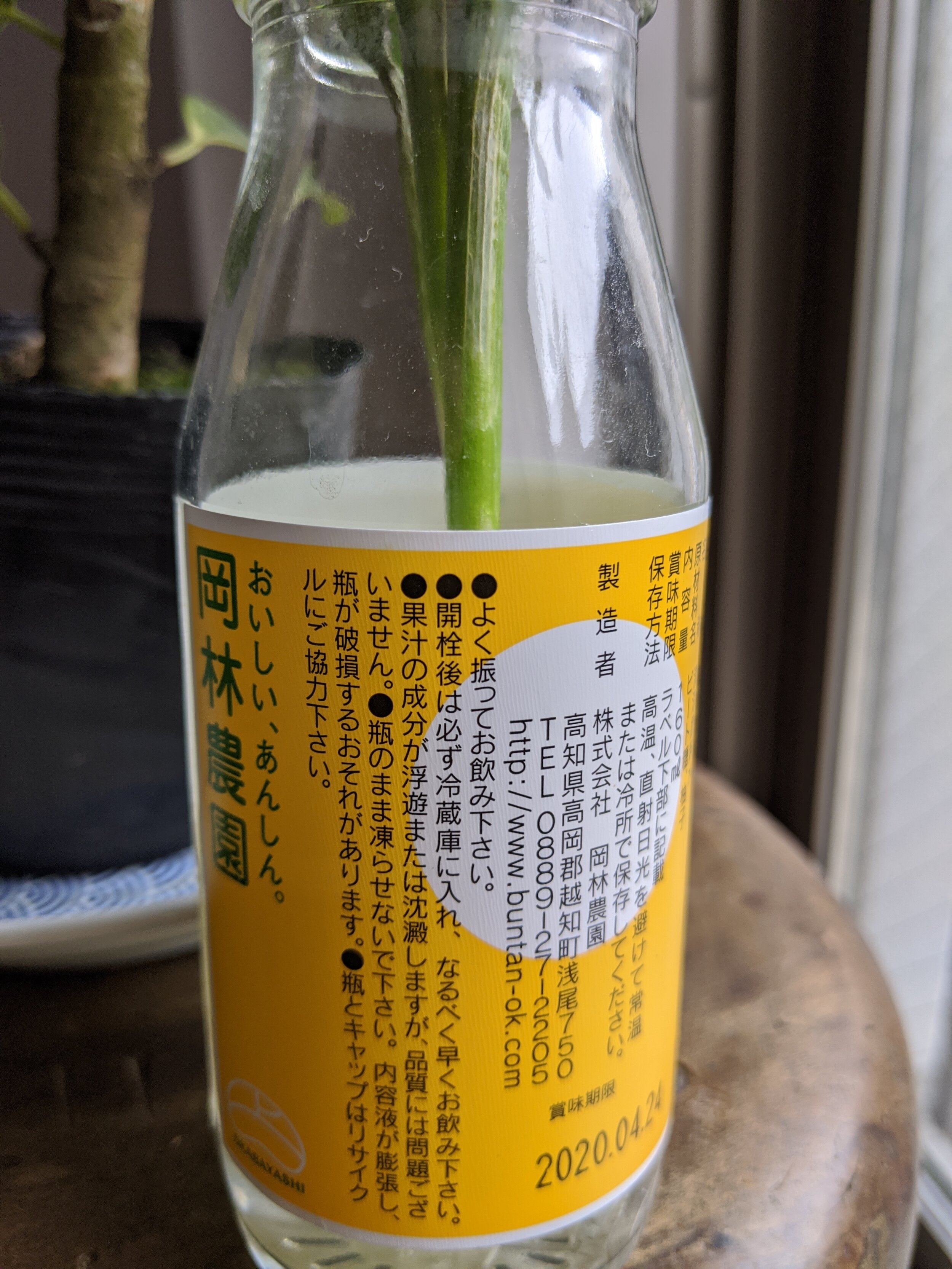There are some advantages to short, low-complexity supply chains. One advantage is the reduction in abstraction. If the consumer can imagine the place where the product is from, then perhaps the environmental impacts of production become more tangible. Another advantage is the consumer may have more influence over a shorter supply chain. When the producer exists in approximately the same region as the consumer, it may be easier to exert social pressure on the producer to act responsibly.
However, although supply chains may appear “short”, the higher-order production layers are hidden to us. These production layers contain information about the impacts occurring further up the supply chain. For example, in the case of food products, the impacts occurring upstream from the farm in machinery, fuel and chemical manufacturing. The higher-order production layers can be unravelled using environmental-economic models.
While “short” or "simple" may be a useful heuristic, it is not necessarily "better". For example, we could imagine a product that comes from further away but is manufactured using lower-impact production processes than those available locally. In this case the reduction in environmental impacts in production may outweigh the increase in transport emissions and abstraction.
New Zealand peanuts and Australian salt into Japan’s final demand.
Hokkaido butter
Yuzu (Japanese lemon) and sugar from Kochi
